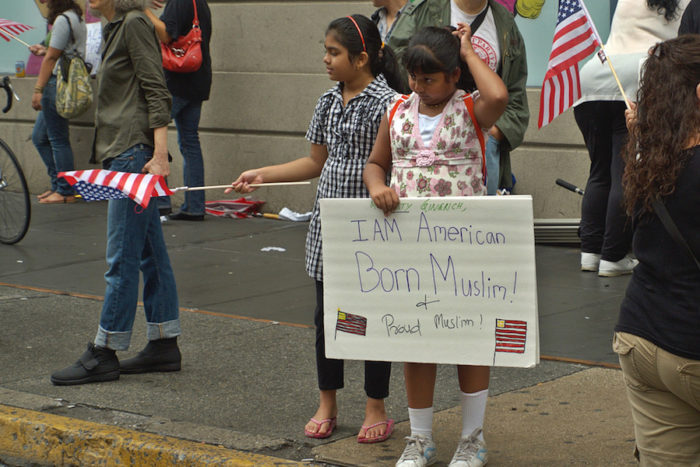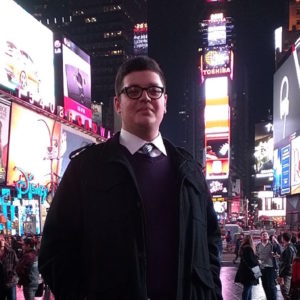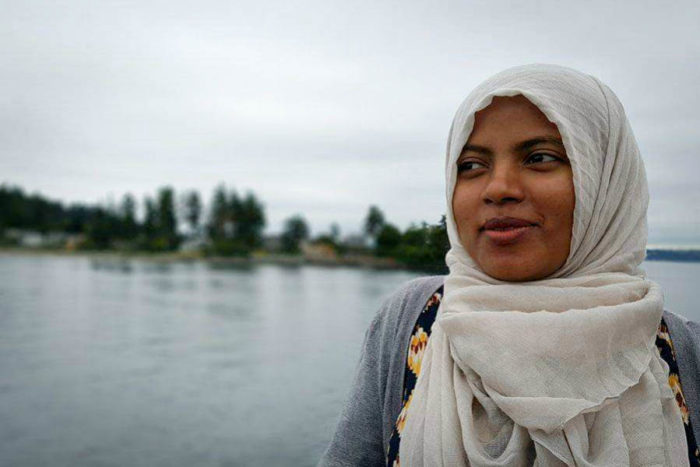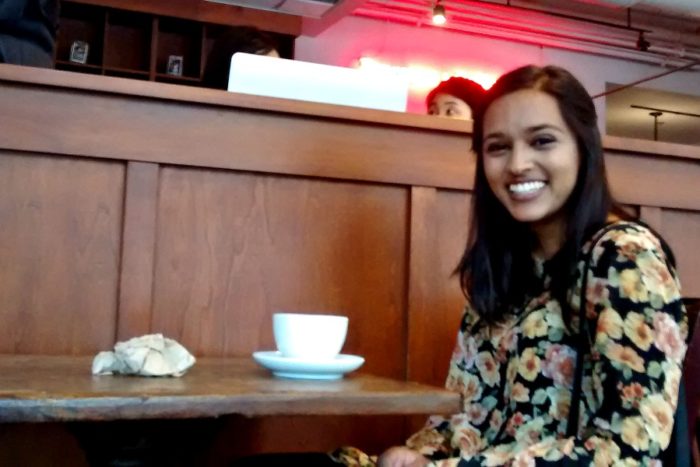
In India, where I am from, the term “Muslim Indian,” or “Indian Muslim” isn’t used as often. So it was strange to me that the term “Muslim American” would exist in the United States.
I have come to Seattle on a cultural exchange program, confused about many things that American pop culture had never taught me — including identities. America is an incredibly diverse country, and — as I know from India’s own issues with diversity — dealing with cultural and religious diversity is never easy.
When I was a child, my neighbors and I used to sit together and call each other Indians, while celebrating Ramadan, Christmas and Diwali together. And it isn’t too different in the United States, as I see posters in churches wishing Muslims a happy Ramadan. Americans evidently acknowledge religious diversity, so much so that it is put together with nationality.
So while visiting Seattle, I spoke with several Muslim Americans about this term, to shed some light on how these identities connect.

Mohammed Kloub, student at the University of Washington, recalls his experiences in America after immigrating from Jordan — one month after 9/11. His family started calling themselves Muslim Americans, which was the term they identified with. And it gave them community, helped them exist in a country where they were the “other.”
But in the chaos post-9/11, Mohammed also writes about his mother calling him “Mike” instead of Mohamed, becoming simply “American” was his family’s defense. Ignoring a part of him became a way of life, becoming simply “American” meant forgetting who he was.
Being Jordanian, Mohamed jokes about looking “white.” “I’m lucky to not be easily recognizable as the same and to not have to deal with a lot of it — I know people who are not.”
I remained silent in unsaid understanding.
Qanani Kalil, graduate student at UW can easily be profiled as Muslim American. Living in America for 10 years as an American citizen, she is a practicing Muslim wearing the headscarf.
While I was in Seattle on the Study of the U.S. Institute (SUSI) program, Qanani took us to a recent Mariners vs. Orioles game. While my experience there was about choreographed chants and baseball rules that I couldn’t possibly understand, she revealed to me that her game-day experience was quite different from mine.

“I was the only one wearing the hijab there and people were staring … I don’t think people are curious, they’re like ‘what is this woman doing here?'” she said. “I just felt so out of place that I left, it wasn’t my thing in the first place…. When I was walking in too the guy had me walk in twice, he was like ‘ma’am can you go back and walk through this again?’ Even then, you can tell that you’re not welcome. Even from the entrance.”
In conversation with her, she asks me if I’m approaching a person born in the United States for my article. It would add another dimension to the article, she says, and introduces me to Sana, her roommate from California.
I met Sana Hussain in a café on the UW campus, sipping chai in a dimly lit booth. She’d reveal to me that she hadn’t seen much of Seattle, being relatively new to the city. Making friends was difficult: being away from home meant that family friends were scant.
“Its been harder to find Muslims,” she says, “or people that I connect with on a more cultural level. I seek out someone who has similar religious beliefs. It’s kind of nice to have someone, like a support, someone there.”
I understand her concerns, and smile at a sister. Finding friends can be hard, especially in an environment which has values which differ from your own. Her shy smile engrosses me, the recorder reminds me of my purpose. And I ask her my biggest question.

Do you call yourself Muslim American?
She takes a small breath, and smiles to herself.
“I haven’t ever introduced myself as Muslim American, but I do consider myself a Muslim American. Sometimes depends on whose asking me, I might just say American, sometimes I would say Pakistan. I rarely ever say I’m Muslim unless someone asks me specifically.”
It’s not simply her reserved personality which makes her keep her religious identity to herself, she reveals.
“It’s not so much about being Muslim, it’s about religion in America. Its not very common to introduce yourself as Muslim, or Christian… its not something that you talk about.”
Questions of identity are far more complex than religion and nationality. Putting them together might give one a more holistic perspective of who we identify as, but using that term as a generalization is just as problematic as it is helpful. Questions of identity go far beyond faith, citizenship and migration: they shape global perceptions and representations of millions of lives. Qanani’s doubts are everyone’s doubts: who we are is much more than what people call us.
Maybe all that we really need are evening chais and conversations to go beyond the damage that phrases and terms have done to who we are.
This story was produced by a student in the “Study of the U.S. Institute (SUSI)” program, a collaboration between The Seattle Globalist and FIUTS, supported by the U.S. Department of State. The program brings 20 undergraduates from Sri Lanka, India, Bangladesh and Nepal to Seattle. Participants study journalism and new media, and participate in volunteer and service activities, leadership workshops, and cultural excursions.

